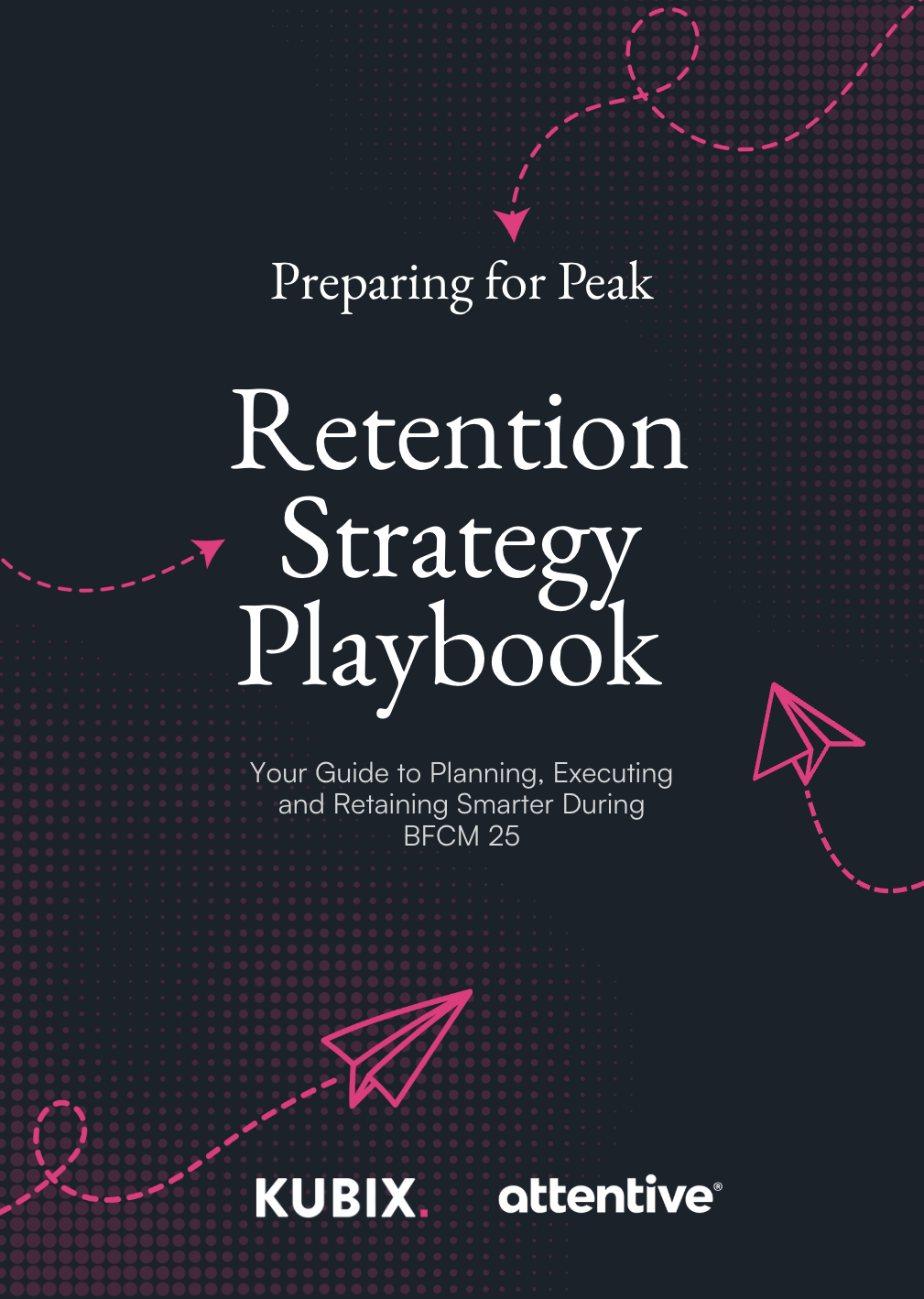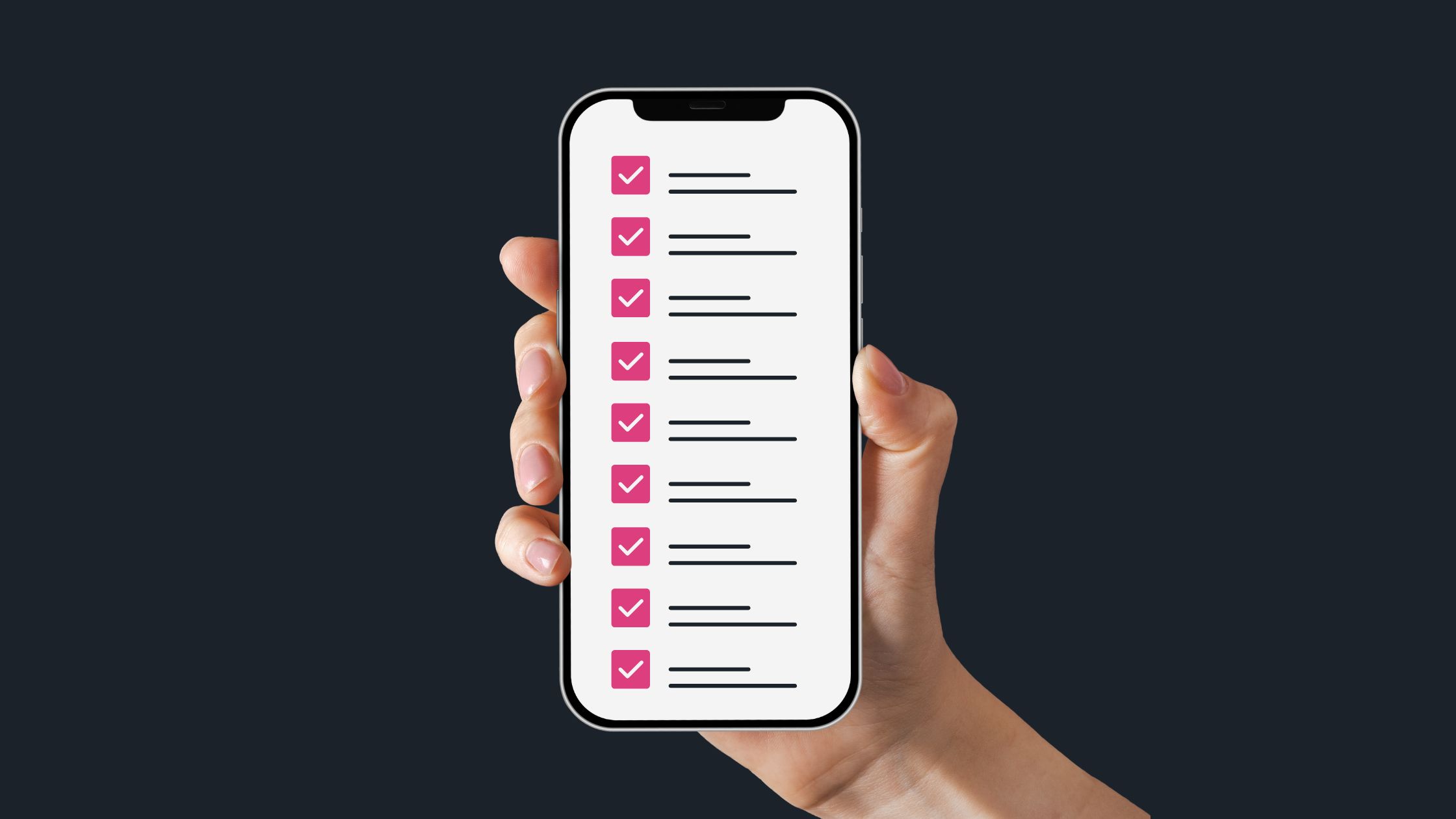Interview multiple candidates
Lorem ipsum dolor sit amet, consectetur adipiscing elit proin mi pellentesque lorem turpis feugiat non sed sed sed aliquam lectus sodales gravida turpis maassa odio faucibus accumsan turpis nulla tellus purus ut cursus lorem in pellentesque risus turpis eget quam eu nunc sed diam.
Search for the right experience
Lorem ipsum dolor sit amet, consectetur adipiscing elit proin mi pellentesque lorem turpis feugiat non sed sed sed aliquam lectus sodales gravida turpis maassa odio.
- Lorem ipsum dolor sit amet, consectetur adipiscing elit.
- Porttitor nibh est vulputate vitae sem vitae.
- Netus vestibulum dignissim scelerisque vitae.
- Amet tellus nisl risus lorem vulputate velit eget.
Ask for past work examples & results
Lorem ipsum dolor sit amet, consectetur adipiscing elit consectetur in proin mattis enim posuere maecenas non magna mauris, feugiat montes, porttitor eget nulla id id.
- Lorem ipsum dolor sit amet, consectetur adipiscing elit.
- Netus vestibulum dignissim scelerisque vitae.
- Porttitor nibh est vulputate vitae sem vitae.
- Amet tellus nisl risus lorem vulputate velit eget.
Vet candidates & ask for past references before hiring
Lorem ipsum dolor sit amet, consectetur adipiscing elit ut suspendisse convallis enim tincidunt nunc condimentum facilisi accumsan tempor donec dolor malesuada vestibulum in sed sed morbi accumsan tristique turpis vivamus non velit euismod.
“Lorem ipsum dolor sit amet, consectetur adipiscing elit nunc gravida purus urna, ipsum eu morbi in enim”
Once you hire them, give them access for all tools & resources for success
Lorem ipsum dolor sit amet, consectetur adipiscing elit ut suspendisse convallis enim tincidunt nunc condimentum facilisi accumsan tempor donec dolor malesuada vestibulum in sed sed morbi accumsan tristique turpis vivamus non velit euismod.
This restriction of data sources means the reporting from platforms such as Google and Meta alone no longer offer a truly representative picture of what’s going on. Enter attribution tools. These tools are designed to bring much needed clarity to your marketing efforts. Using clever algorithms and artificial intelligence, platforms like Triple Whale and Elevar break through the noise to give you a much more accurate view of your marketing performance.
What is an Attribution Tool?
There’s no silly questions here. It’s a term you may have heard thrown around before, but it’s easy to be left wondering, what exactly does it mean? So, let’s break it down. Essentially, an attribution tool is a sophisticated piece of software that helps marketers understand which marketing channels and strategies are driving sales and conversions. These tools use formulas, algorithms, and artificial intelligence to analyse data from various touch points in the customer journey. The goal is to provide a comprehensive picture of how different marketing efforts contribute to business outcomes. Simple, right?
Why Do We Need Them? The Shift to Privacy-Centric Advertising
As we alluded to in our opening paragraph, the advertising world is undergoing a significant transformation. As privacy concerns become more prevalent, advertising giants no longer have direct access to detailed data and user behaviour online. This shift is permanent and has fundamentally changed how advertising works.
Ad platforms can tell us where they show ads, the engagement metrics (views, clicks, etc.), and where they direct traffic. However, they have limited visibility into what happens beyond that point unless the user has given explicit consent, and only when the technology to track this journey is set up in a privacy-compliant manner. That’s how the cookie crumbles.
The Role of Attribution Tools
Picture this: a regular customer turns up to your physical retail store in an array of different disguises every day. If they show up in a hat and sunglasses one day, and with a moustache and a mullet the next, it’s hard to keep track of who they are and which store they’re going into. Attribution tools lift the veil on these digital disguises.
They ensure privacy compliance by anonymising user data while still providing valuable insights into marketing performance. They allow you to track customer journeys across multiple devices and sessions, which is increasingly important as shopping behaviours become more complex and less transactional, with customers much more inclined to shop around for the best deal. The same customer might go looking for your product on their desktop computer at work, and on their mobile during their commute home.
Attribution tools get around this by relying on advanced algorithms and AI to analyse data from various marketing channels. Different tools use different algorithms, which means they can provide different perspectives and insights. Let's look at some of the top attribution tools and what makes them unique.
Triple Whale

Time to go under the sea (of data). Triple Whale is a best-in-class tool known for its robust attribution models. It is designed to help business owners and marketers understand how their marketing (emphasis on the marketing, specifically) activities across different channels (Meta, Google, etc) drive sales. Triple Whale offers seven different attribution models, each leveraging AI and unique algorithms to provide detailed insights into the performance of these channels. Three whales are better than one.
Elevar

We're elev-ating. In contrast to Triple Whale, which helps you evaluate channel performance, Elevar focuses on tracking user behaviour and feeding this data back to advertising platforms to optimise ad performance. It cleans and organises data for ad platforms, ensuring they can improve their targeting and engagement strategies. (While Elevar specialises in this feedback loop, it is also expanding its capabilities to include more comprehensive attribution models as well).
Klar

Klar excels in providing detailed reporting and data analysis once an attribution model has been established. It allows businesses to drill down into their data, offering a granular view of performance metrics. Klar is particularly useful for business leaders, accountants and financial analysts who need a clear, straightforward representation of marketing ROI. The bigger picture for big picture lovers.
Choosing the Right Attribution Tool
Decisions, decisions. There is no one-size-fits-all answer when it comes to selecting the best attribution tool. Each tool has its strengths and is tailored to different needs and perspectives. The key is to pick one tool and use it consistently to measure performance on your store. Monitor trends and observe how changes in marketing activity impact these trends, and you’ll be a flexible marketing ninja.
Remember: Multiple Models within Each Tool
…but it’s key to remember they wear many hats. A sophisticated attribution tool will offer multiple models to report on performance. For example, Triple Whale has seven models, each suited for different aspects of analysis. Some models are more beneficial for ad campaign managers, helping them understand the effort required by individual platforms. Others provide a blunt, total revenue view, which is crucial for accountants and financial decision-makers.
Relying on more than one model is essential. Marketing decisions should be informed by both the marketing model (which considers various nuances of each platform) and the business model (which offers a stark, revenue-focused outlook).
The Who’s Who of Data
Attribution tools are indispensable in today's privacy-centric advertising landscape. They provide the insights needed to understand the complex customer journey and make informed marketing decisions. At Kubix, our paid media team specialises in leveraging these tools to help our clients achieve their marketing goals. Whether you're using Triple Whale, Elevar, Klar, or any other tool, consistency and a multi-model approach are key, and we can help you unlock their full potential. Get in touch with us.
Ready to Begin your Black Friday Preparation?
We've teamed up with Attentive to compile this complete how to guide for planning, executing and retaining smarter during BFCM 25. Download your copy now:









.png)
